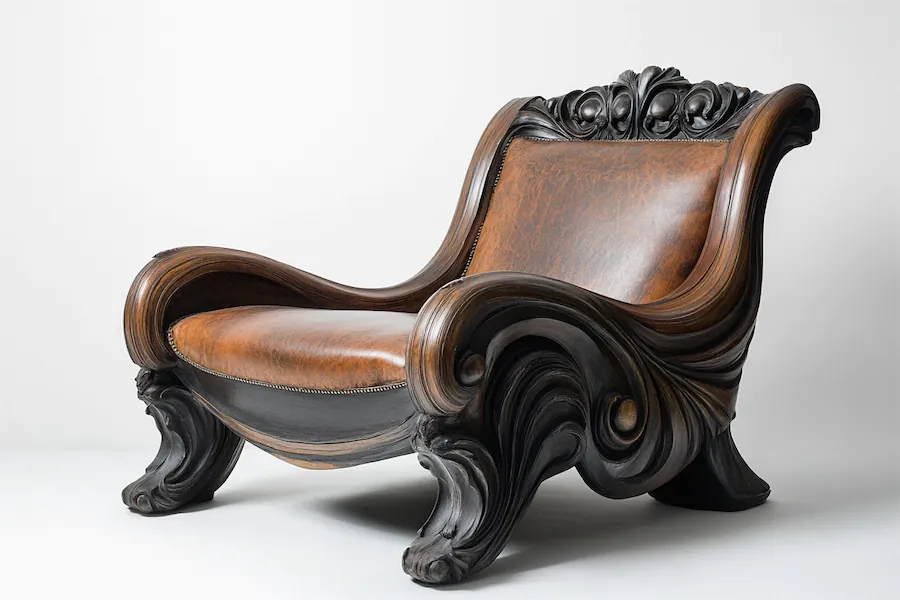The slipper chair, characterized by its low seat and armless design, has been a versatile and stylish addition to interiors since its emergence in the early 18th century. This article explores its history, key features, applications, considerations for selection, and enduring appeal.
History and Origins of Slipper Chairs
Slipper chairs originated in 18th-century Europe, primarily used in women’s boudoirs. Their low height and armless design accommodated the voluminous skirts of the era, allowing maids to assist ladies in putting on their slippers, which is how the chair got its name.
In the mid-20th century, American interior designer Billy Baldwin reimagined the slipper chair with a squared-off back and tight upholstery, bringing it out of the bedroom and into living rooms.
Key Features of Slipper Chairs
Slipper chairs are distinguished by several hallmark characteristics:
- Armless Design: Allows for easy movement and a sleek profile.
- Low Seat Height: Typically around 15 inches from the floor, facilitating ease of use.
- Upholstered Seat and Back: Provides comfort and can be customized with various fabrics.
- Compact Size: Ideal for small spaces due to their petite footprint.
Applications of Slipper Chairs
Slipper chairs are versatile and enhance various settings:
- Living Rooms: Serve as accent pieces offering both style and additional seating.
- Bedrooms: Create cozy nooks for relaxation or serve as seating in dressing areas.
- Entryways: Provide a convenient spot for putting on or removing shoes.
- Small Spaces: Their compact design makes them suitable for apartments or tight corners.
Considerations When Choosing a Slipper Chair
When selecting a slipper chair, consider the following factors:
- Comfort: Ensure the chair’s dimensions and cushioning meet your comfort preferences.
- Material Quality: Opt for high-quality upholstery and a sturdy frame to ensure durability.
- Design Aesthetics: Choose a style that complements your existing décor, considering the shape of the backrest and overall design.
- Space Availability: Measure your space to accommodate the chair’s size appropriately.
- Functionality: Consider how the chair will be used—solely as seating, as an accent piece, or for specific tasks like dressing.
Conclusion
The slipper chair’s evolution from a functional bedroom piece to a versatile element in modern interiors underscores its timeless appeal. Its distinctive design and adaptability continue to make it a favored choice in both residential and commercial spaces.
